Nikon and Canon finally got into the mirrorless game in earnest last fall, and so far, both the Z7 and EOS R have gotten rave reviews.
For most of us, these cameras represent upgrade possibilities from our current DSLRs - from a Nikon D850, for example, to the Z7, or the Canon 5D Mark IV to the EOS R.
However, jumping ship from Nikon to Canon or vice versa probably isn’t in the cards. These cameras are good, but not that good.
Still, it’s nice to know how these cameras stack up against each other. Let’s find out who winds the Nikon Z7 vs Canon EOS R battle.
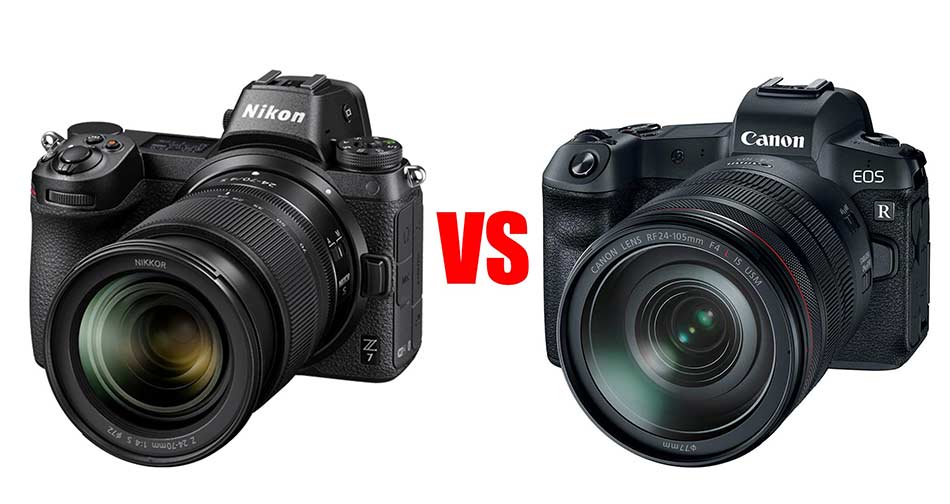
Table of Contents:
- Nikon Z7 Sensor vs Canon EOS R Sensor
- Nikon Z7 Autofocus vs Canon EOS R Autofocus
- Nikon Z7 Image Stabilization vs Canon EOS R Image Stabilization
- Nikon Z7 EVF vs Canon EOS R EVF
- Nikon Z7 LCD vs Canon EOS R LCD
- Nikon Z7 Lenses vs Canon EOS R Lenses
- Nikon Z7 vs Canon EOS R: Final Thoughts
Nikon Z7 Sensor vs Canon EOS R Sensor
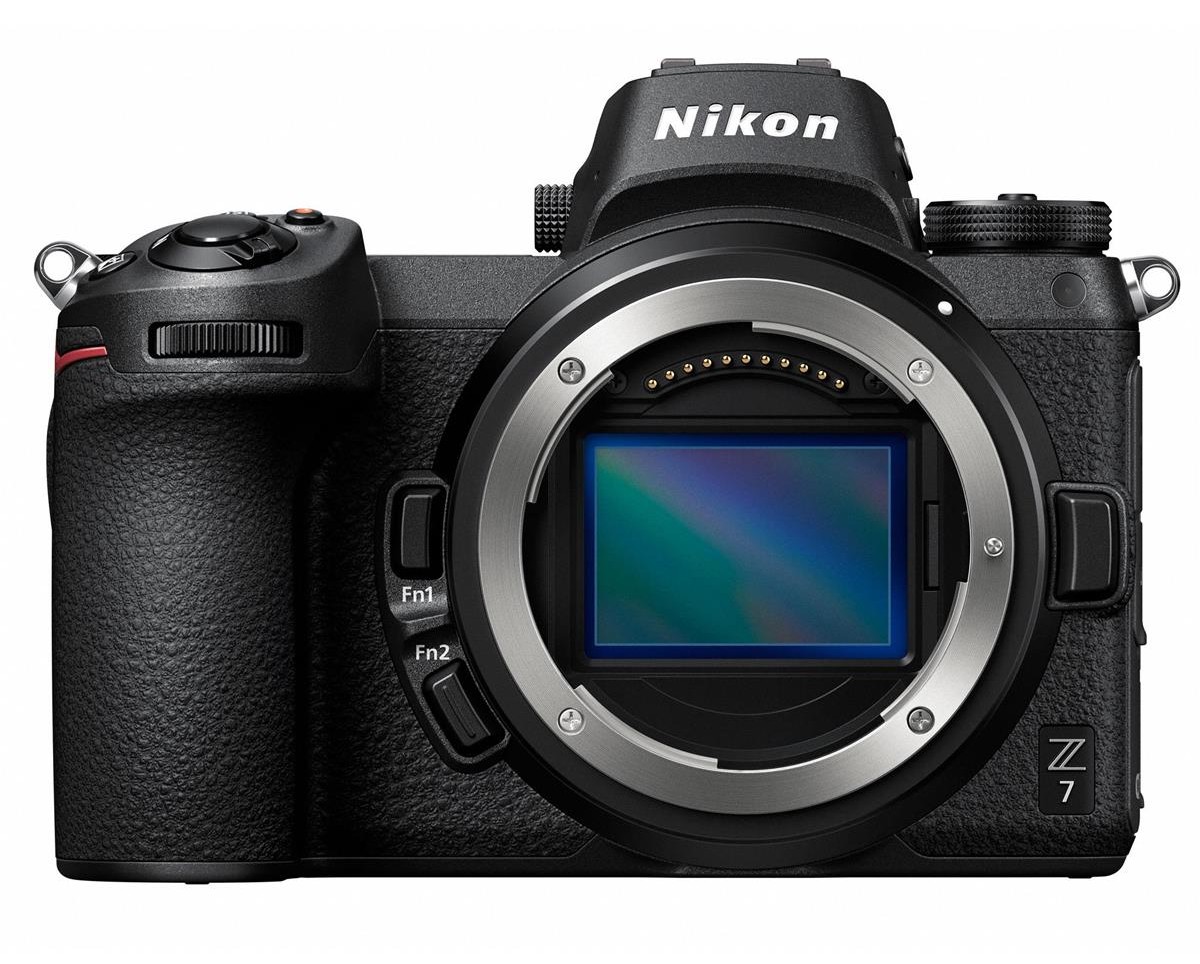
Both of these cameras feature full frame sensors - the Nikon’s has 45-megapixels of resolution while the Canon sports “only” 30.3-megapixels.
There are differences beyond resolution, though.
The Nikon’s sensor is back-illuminated, which improves low-light performance. Additionally, the Z7 does not have an optical low-pass filter, which improves image sharpness, too.
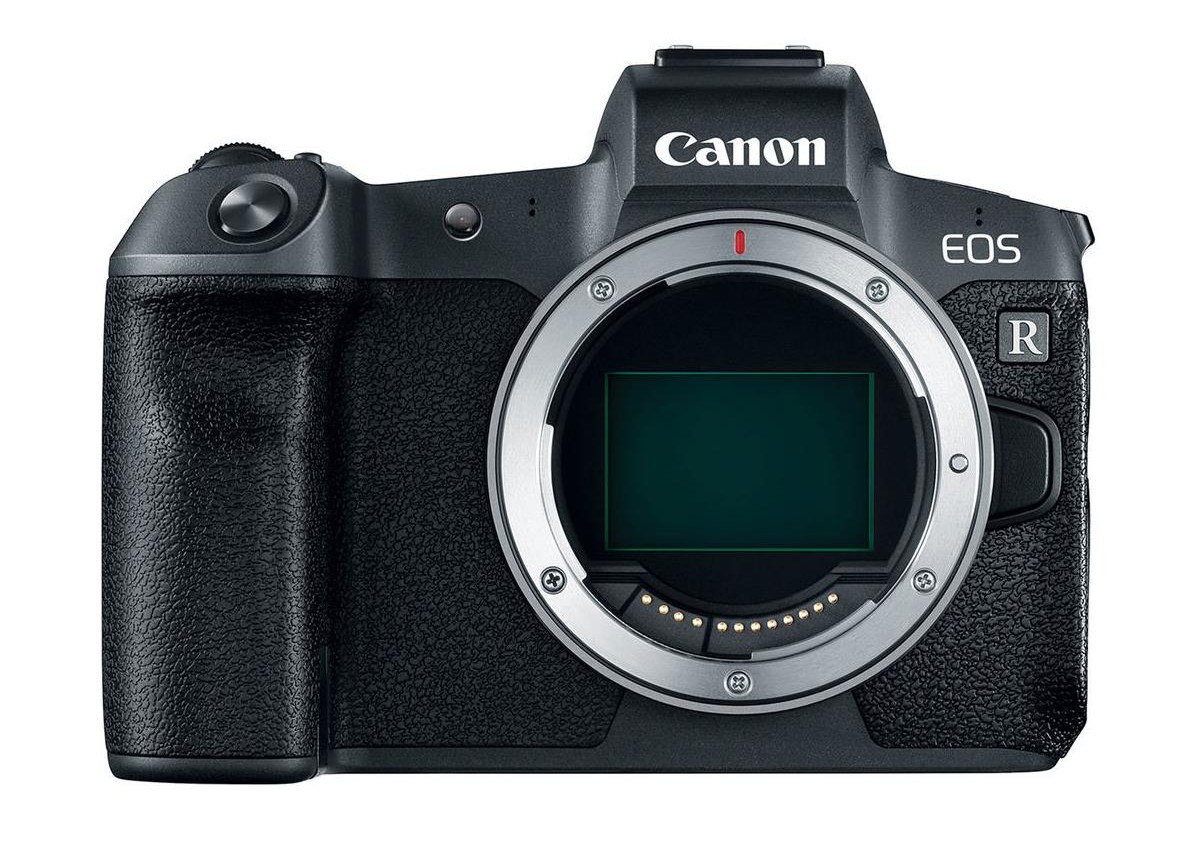
Add to that the fact that the EOS R does have an optical low-pass filter, and the winner in the sensor department is clear - it’s the Nikon.
That being said, both of these cameras produce excellent image quality. The EOS R is certainly no slouch here, but the Z7 is just a bit better.
Winner: Nikon Z7
Nikon Z7 Autofocus vs Canon EOS R Autofocus
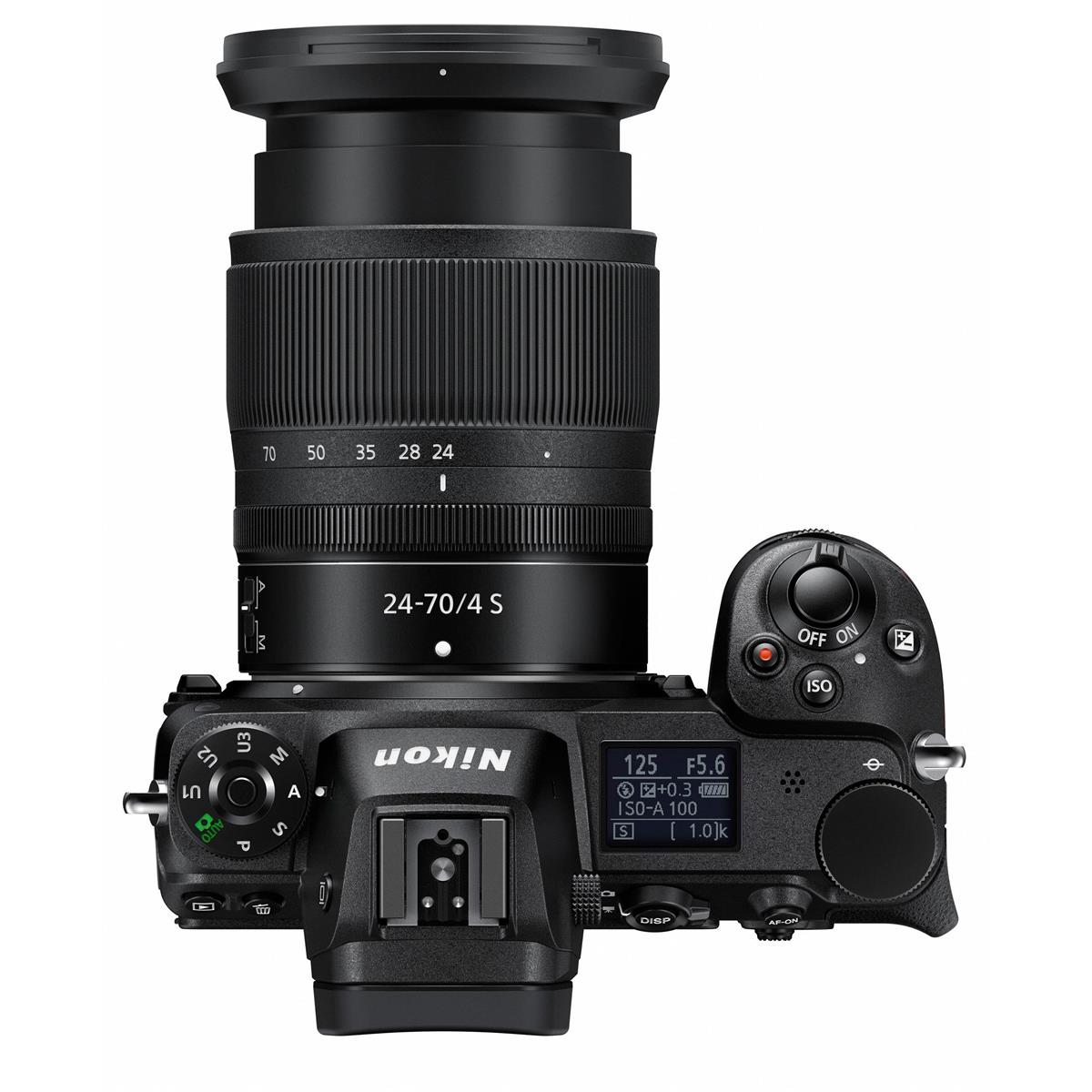
The autofocus systems on these cameras are quite different, yet both provide good performance.
The 493-point autofocus system in the Z7 is all-new, yet is built on Nikon’s lineage of autofocus systems. This is a good and a bad thing, though.
On the one hand, it uses phase-detect autofocus points that improve accuracy, particularly when using the viewfinder. The on-sensor phase-detect pixels allow the camera to focus rapidly while also giving you excellent low-light autofocus abilities and above-average subject-tracking.
However, when using autofocus in live view, it’s a different story, especially with tracking a subject.
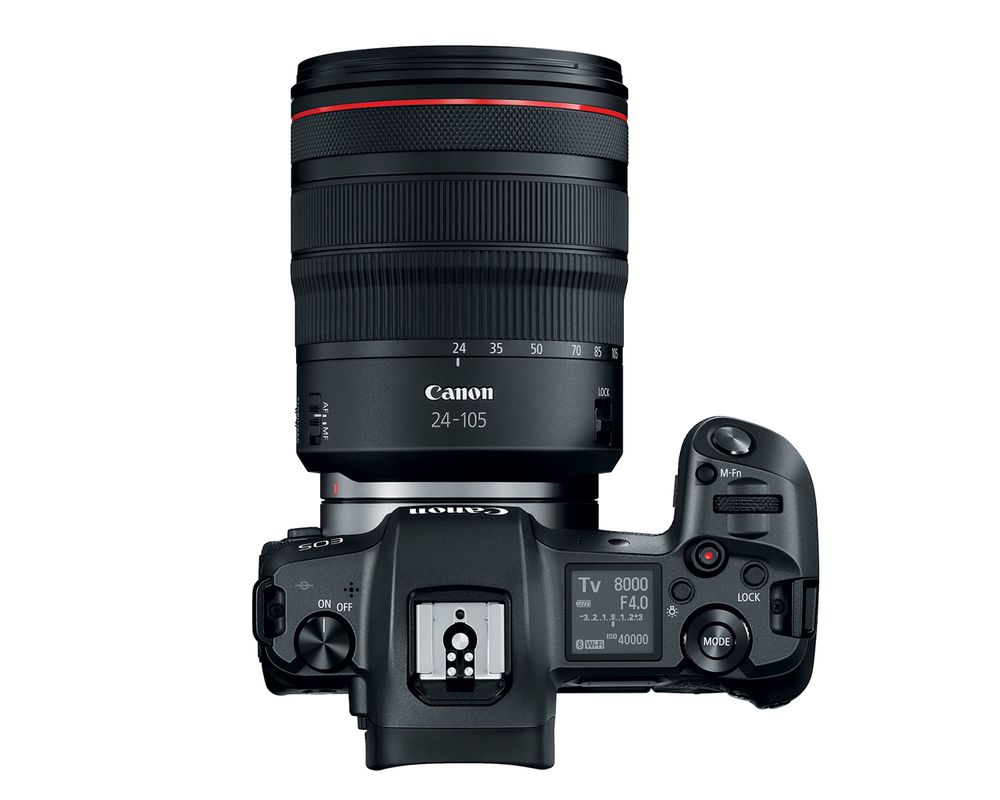
The EOS R has a new autofocus system as well, though thankfully it includes Canon’s spectacular Dual Pixel design.
The system has 88% coverage of the frame horizontally and 100% coverage vertically. There’s also an astounding 5,655 autofocus points.
All those AF points mean the EOS R is excellent at tracking subjects from edge to edge. Additionally, the system can work all the way down to -6EV, depending on the lens being used. That’s double of the Z7.
Winner: Canon EOS R
Winner: Canon EOS R
Nikon Z7 Image Stabilization vs Canon EOS R Image Stabilization
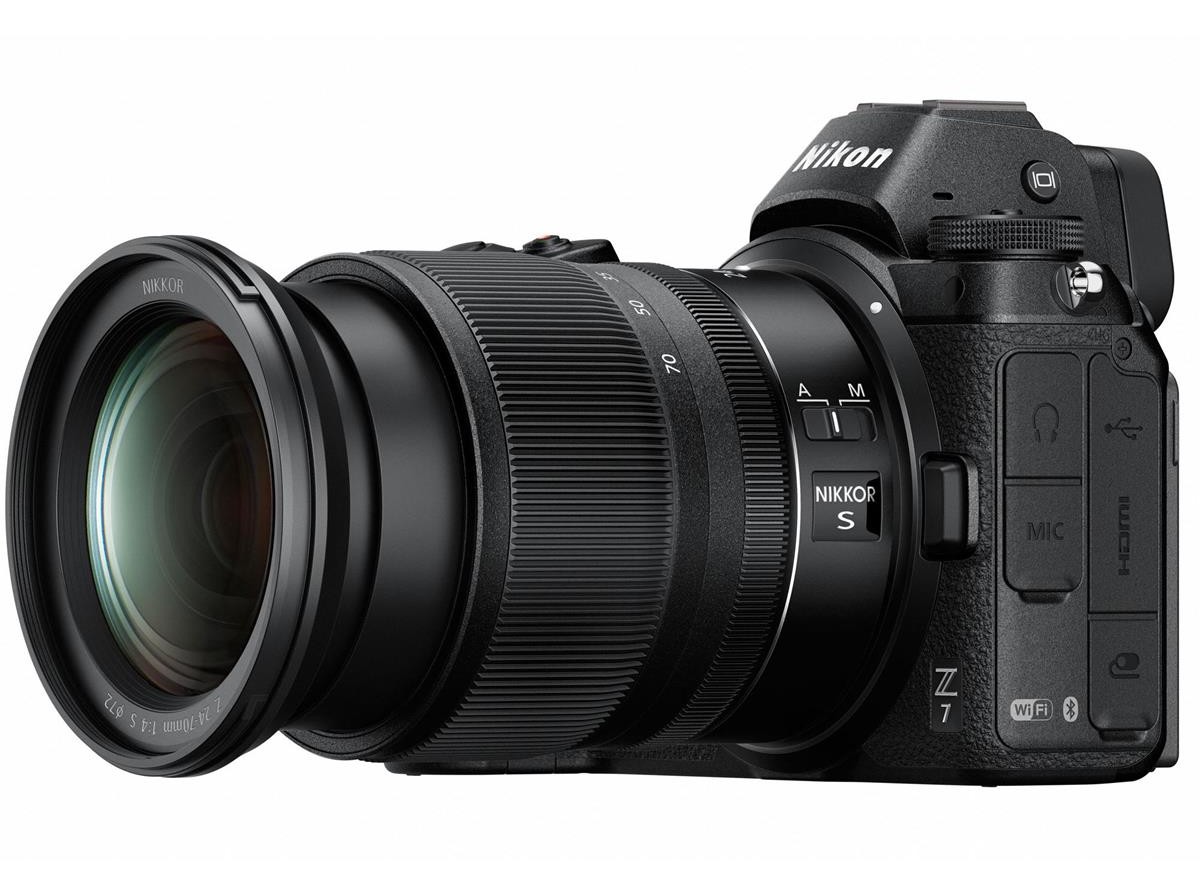
The Nikon Z7’s image stabilization system is sensor-based, so you can reap the benefits of stabilization regardless of the lens you’re using.
This is a huge benefit to Nikon shooters that have older F-mount lenses that they want to keep and use after upgrading to the Z7 (which can be done using the FTZ adapter).
Beyond that, the Nikon’s image stabilization system offers up to five stops of compensation in addition to five-axis stabilization both for the new Z-Mount lenses and older F-mount lenses, to
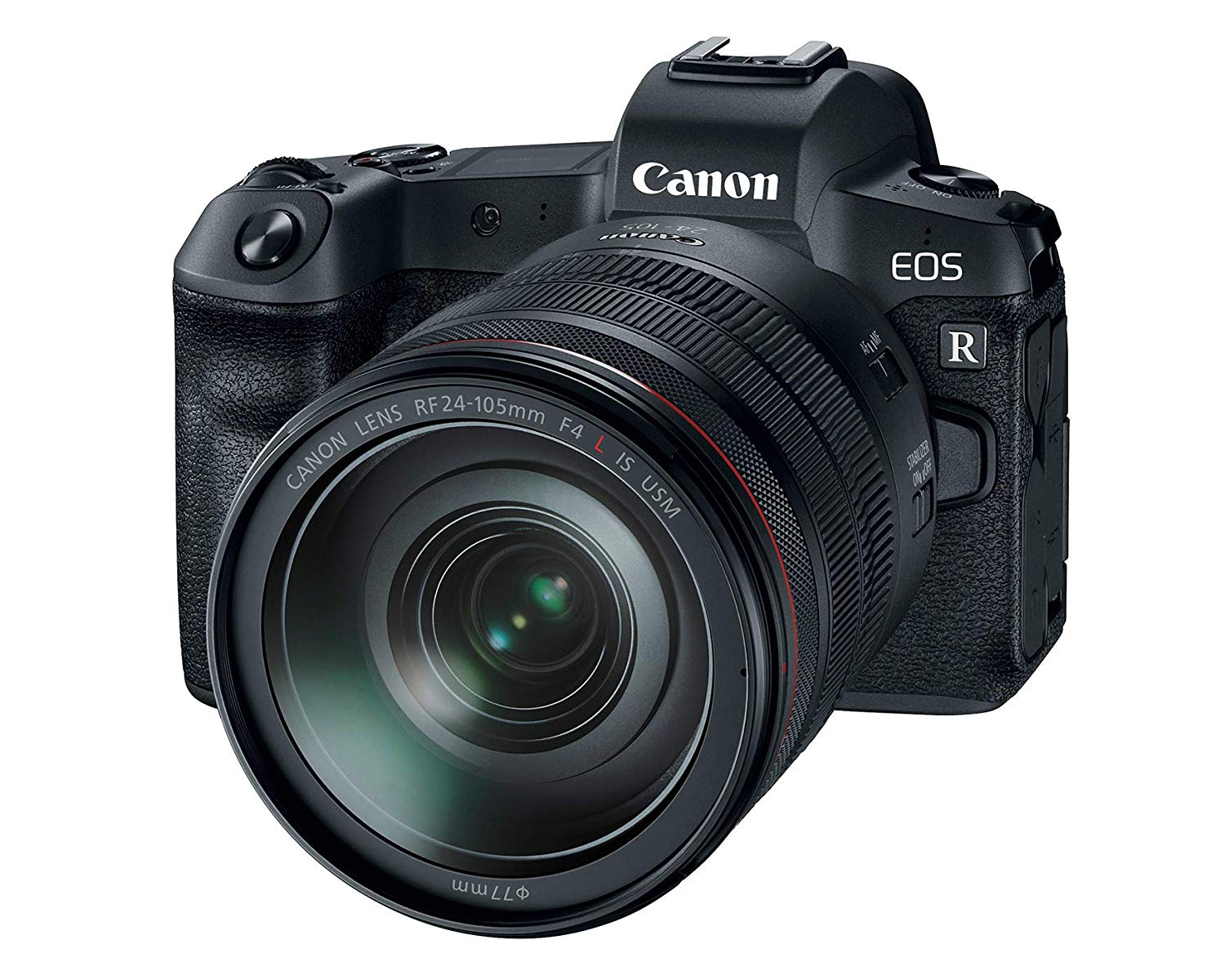
Canon, meanwhile, did not incorporate in-body image stabilization in the EOS R. Instead, Canon opted to include stabilization in the EOS R lenses - at least two of them, anyway.
That in-lens system works great, but the fact that it’s only offered in two lenses thus far is disappointing.
Winner: Nikon Z7
Nikon Z7 EVF vs Canon EOS R EVF
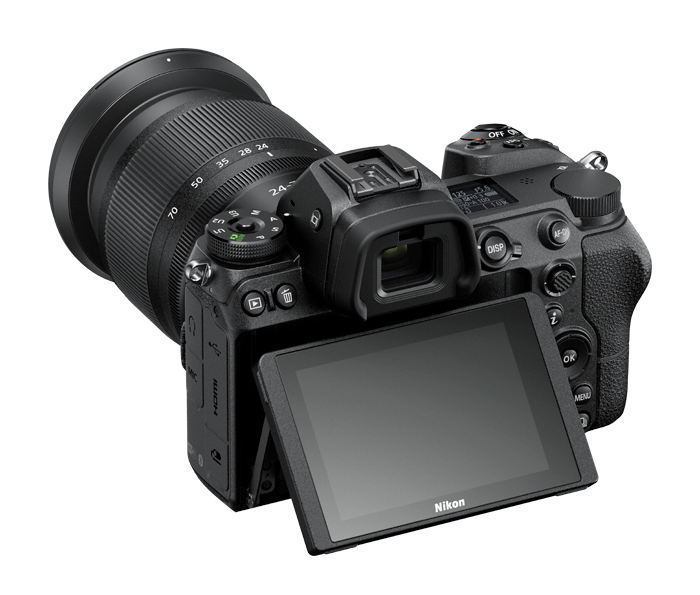
The Nikon Z7 has a 3.6-million-dot Quad-VGA OLED electronic viewfinder. It has 100% frame coverage and offers a wide 37-degree diagonal viewing angle.
There’s a fluorine coating on the eyepiece to reduce flare and repel dirt, while the EVF itself is clear, crisp, and bright.
In using the Nikon Z7, it’s evident that blackout and lag are minimal compared to other mirrorless cameras.

The EOS R has a similar EVF that offers similar performance as well.
It has a 3.69-million-dot OLED EVF that offers a 100% view of the subject. When used with an aspherical lens, the EVF is gorgeously crisp and vivid.
Canon has worked hard to minimize distortion and aberrations, and has developed the EVF to be bright enough to view comfortably, even when shooting in sunny conditions.
Ultimately, the EVFs on these cameras are so similar that it’s difficult to pick a winner.
Winner: Draw
Nikon Z7 LCD vs Canon EOS R LCD
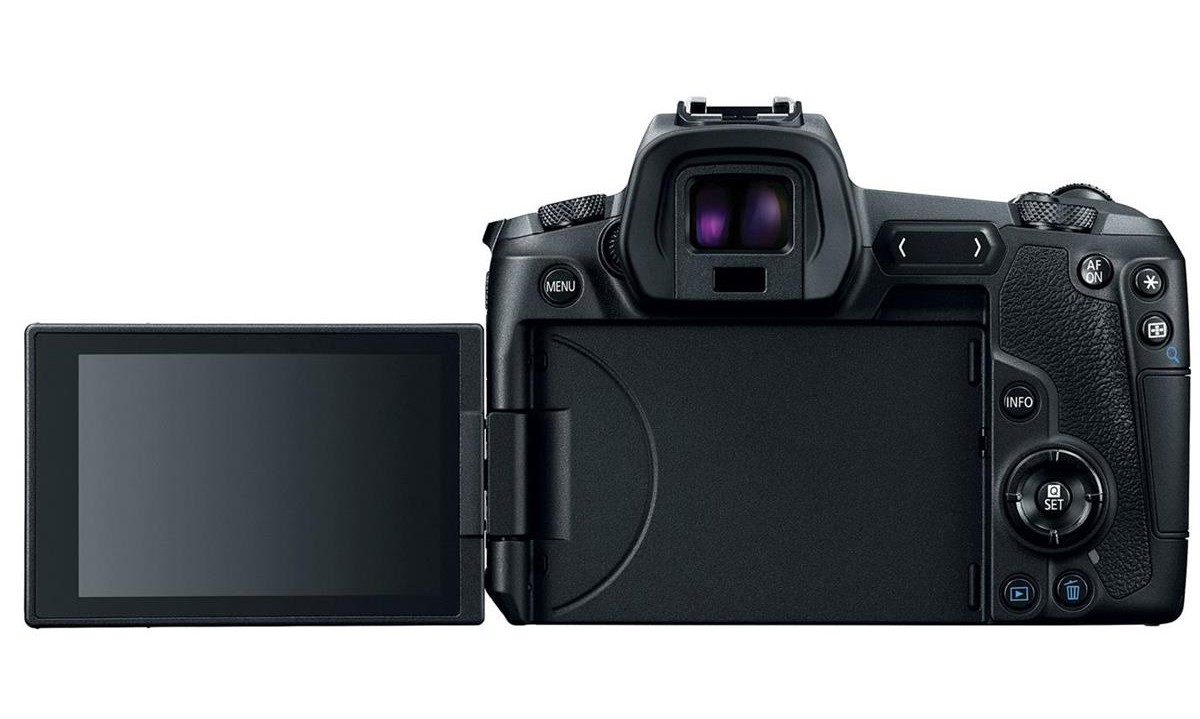
Both the Nikon Z7 and Canon EOS R come with a 2.1-million-dot LCD. Where the Nikon’s LCD is 3.2-inches, the Canon’s is 3.15-inches.
The primary difference between the two is that the Nikon’s LCD tilts up and down, where the Canon’s is fully articulating.
Having a fully articulating screen is a nice touch as it makes things like vlogging, selfies, and group photos an easier task.
Winner: Canon EOS R
Nikon Z7 Lenses vs Canon EOS R Lenses
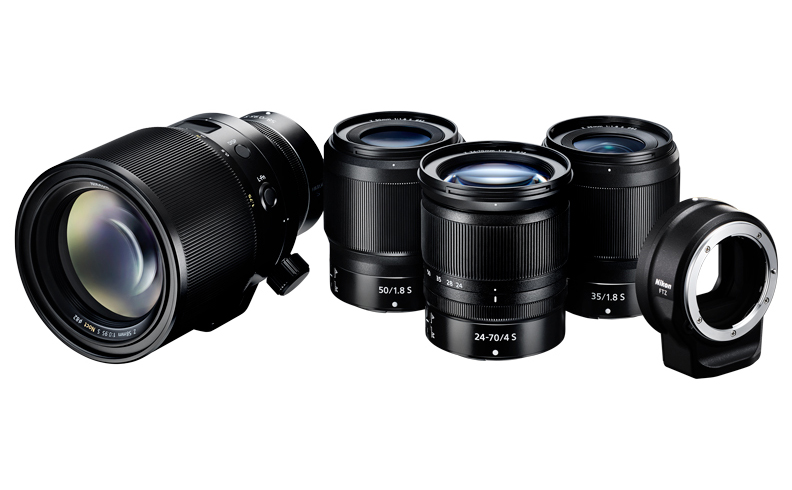
When the Z7 was introduced, three lenses were introduced along with it: a 24-70mm f/4 S, a 35mm f/1.8 S, and a 50mm f/1.8 S. Since then, Nikon has unveiled two more lenses, the 14-30 f/4 S and the 24-70 f/2.8 S, bringing the current total to five (with more on the way).
As noted earlier, the Z7 isn’t limited to these five lenses, thanks to the FTZ adapter that allows you to use F-mount lenses with the camera.
Canon has done the same, so EF-mount lenses work with the EOS R.
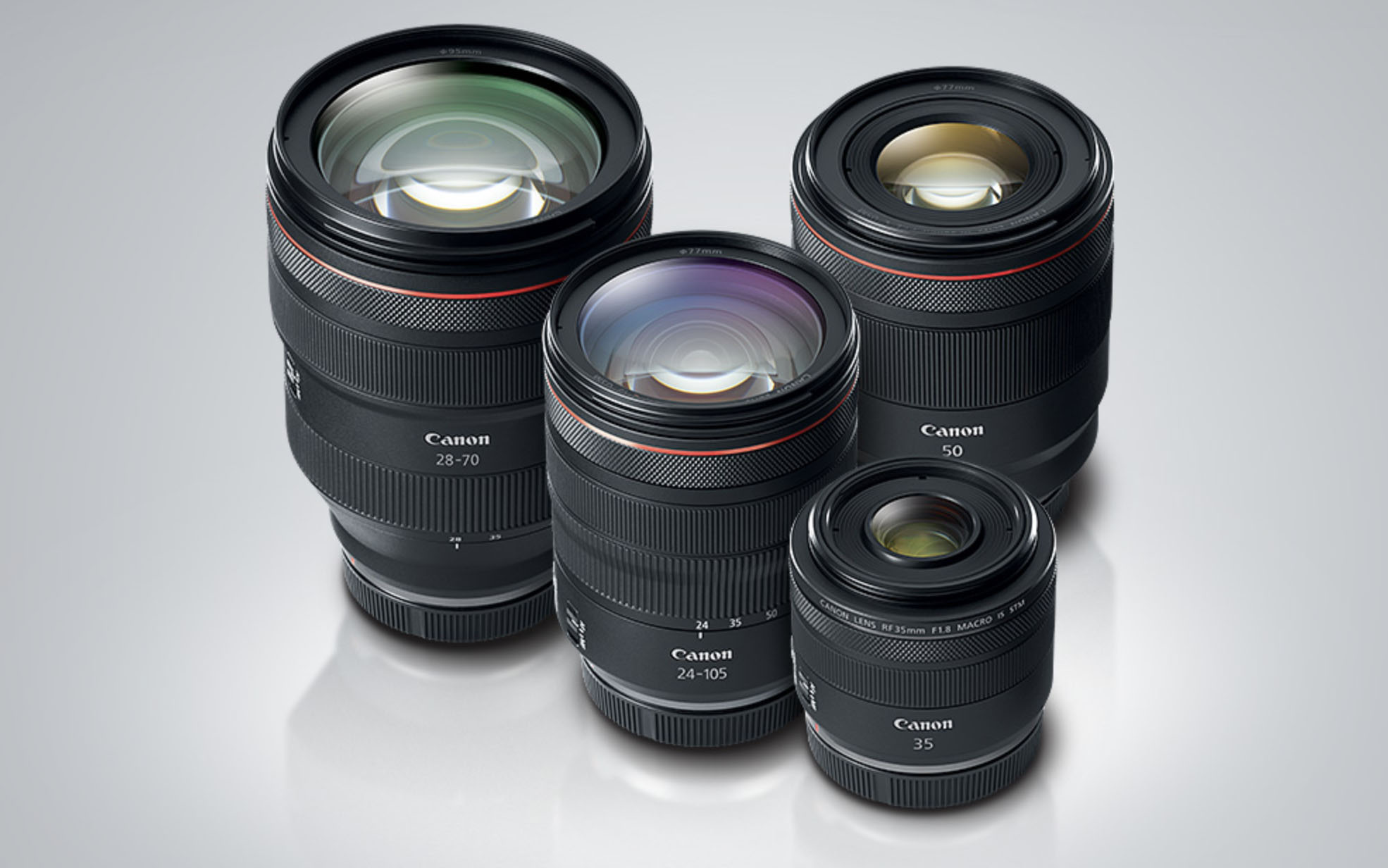
The EOS R lens lineup includes an RF 35mm f/1.8 IS STM Macro, an RF 50mm f/1.2L USM, an RF 28-70mm f/2L USM, and an RF 24-105mm f/4L IS USM, again, with more on the way.
In terms of selection, both companies have ensured that buyers have the essentials available to them from the get-go. And with the next couple of years worth of lenses already mapped out, both Nikon and Canon aim to keep mirrorless camera owners happy with an increasingly large selection of glass
Winner: Draw
Nikon Z7 vs Canon EOS R: Final Thoughts
Both of these cameras are excellent and offer top-notch performance, features, and lens options.
As I said earlier, neither one is so good that it will convince someone to jump ship from one manufacturer to the next.
Likely the biggest question is do you want to upgrade now or wait until the second generation of these mirrorless cameras is released? The video above by Brett Garamella might help you answer that question.
You can pick up a Nikon Z7 (body only) for $3,396.95 at Adorama. The Canon EOS R (body only) will set you back $2,299.00 at Adorama.
This blog post about "Nikon Z7 vs Canon EOS R DSLR Cameras" was first published on our website here https://www.photographytalk.com/nikon-z7-vs-canon-eos-r